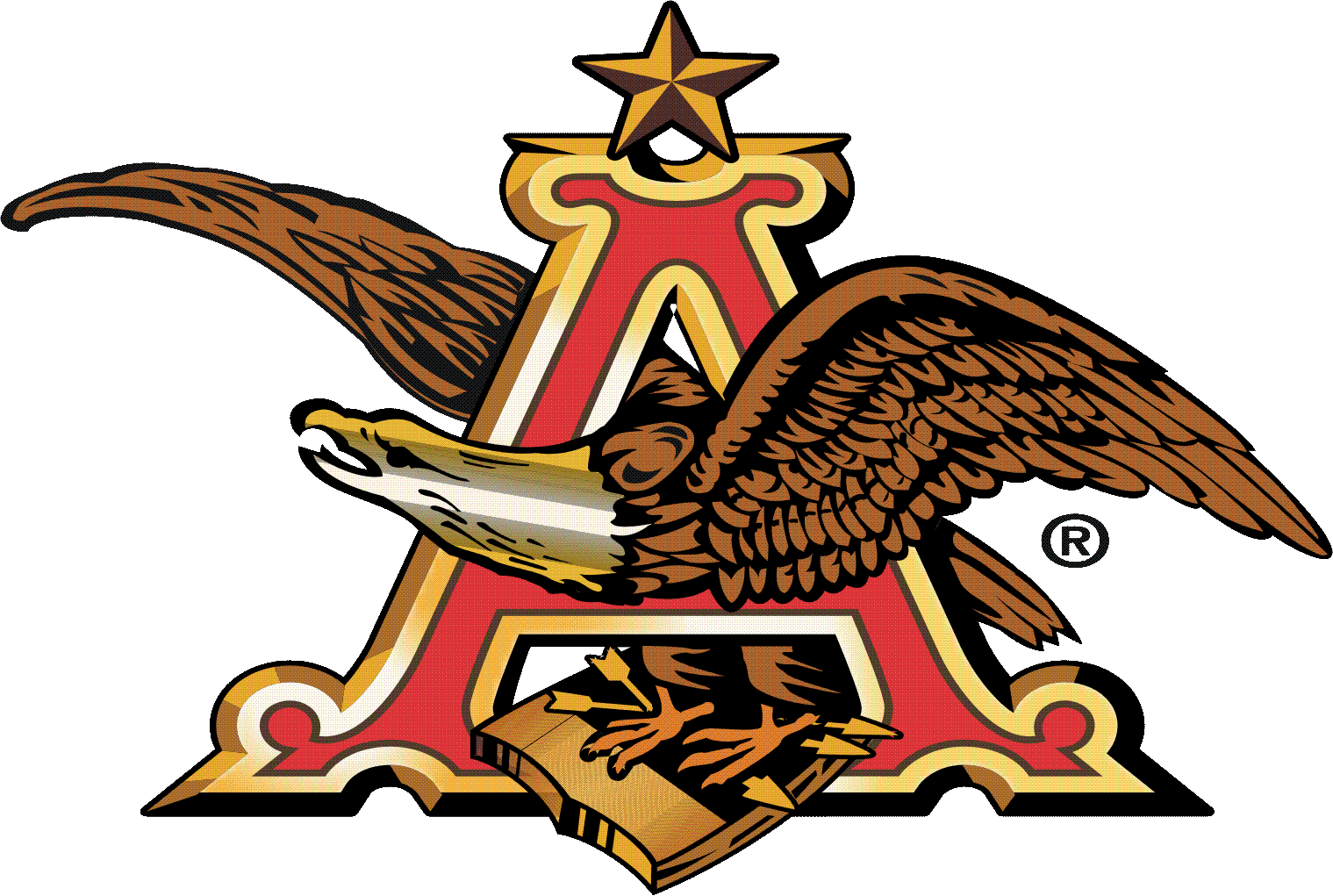Glass Recycling
If you need validation for our quality, simply take a glance at brands that have trusted Fluent Conveyors. We have worked with some of the biggest brands on the planet, providing them with top conveyor systems to match their demanding requirements.
The global recycled glass market was valued at $2.64 billion in 2018 and is projected to reach $4.76 billion by 2026, growing at a CAGR of 7.7% from 2020 to 2025. (https://www.gminsights.com/industry-analysis/recycled-glass-market)
Glass recycling is a growing market. Cullet held majority of market share in 2018 due to its wide usages in glass production processes. It maintains a low profile, but drastically improves the overall operational performance of glass production processes and minimizes the energy requirement & associated costs. Additionally, it enhances the service life of production equipment and decreases the amount of raw materials required. It is used in the construction industry for roadway construction, aggregate replacement in concrete, drainage medium, etc. The cullet segment is further divided into clear cullet, amber cullet, green cullet and others. Among these, clear cullet is likely to grow speedily between 2019 to 2026.
As a general rule, every 10% increase in cullet usage results in an energy savings of 2–3% in the melting process, with a theoretical maximum potential of 30% energy saving. Furthermore, every metric ton (1,000 kg) of waste glass recycled into new items saves 315 kilograms (694 lb) of carbon dioxide from being released into the atmosphere during the manufacture of new glass.
When producing new glass, recycled glass can be substituted for up to 95% of the raw materials. Glass can be completely recycled over and over without any loss of quality or purity content. According to the Container Recycling Institute, 63% is an average glass container recycling rate. (https://www.alliedmarketresearch.com/recycled-glass-market)
A complex manufacturing process and contamination by unwanted materials in the product waste stream are expected to hamper the growth of recycled glass in the global market.
Sorting and removal of contaminants from glass waste in the glass rec tend to be the largest complications to the glass recycling process. Sorting is an important yet difficult step to achieving cost optimization and maintaining efficiency of the production process through the use of glass recycling machines. Additionally, it helps in reducing contaminants such as stones, metal caps, mirrors, ceramics, etc. Clean sorted glass is necessary for recovering the most value from the commodity.
- OSHA
- EPA
- ACWMA
Fluent Conveyors offers many solutions for glass recycling, from basic breaking and shipping lines to robust sorting systems. Fluent can design custom sorting systems using belt magnets, eddie currents, glass breakers, fines screens, optical sorters and more to ensure the outgoing glass is sorted and clean. Fluent Conveyors has several options for the recycling equipment used depending on the specific needs of the application. Fluent Conveyors Slider beds can be designed with glass relief openings, troughed beds, and winged tail pulleys to improve belt and bed life. For guarding work areas, Fluent brings you flat and troughed idler conveyors with winged tail pulleys and optional rollers. Lastly, Fluent Conveyors also builds rubber combination roller chain belt conveyors for high impact high tonnage applications. If you’re looking to uplevel the quality of your recycled glass product, Fluent Conveyors has you covered.
